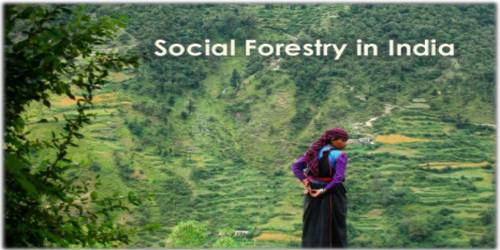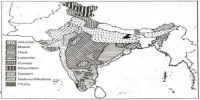Social forestry is the forestry by the people and for the people, whose main purpose is to fulfill the needs of forestry which are – manure, food, fruit, fiber and productive capacity. It means the management and protection of forests and afforestation on barren lands with the purpose of helping in the environmental, social, and rural development.
The National Commission on Agriculture (1976) has classified social forestry into three categories. These are urban forestry, rural forestry, and Farm forestry.
Urban forestry pertains to the raising and management of trees on public and privately owned lands in and around urban centers such as green belts, parks, roadside avenues, industrial and commercial greenbelts, etc.
Rural forestry lays emphasis on promotion of agroforestry and community-forestry.
Agroforestry is the raising of trees and agriculture crops on the same land inclusive of the waste patches. It combines forestry with agriculture, thus, altering the simultaneous production of food, fodder, fuel, timber, and fruit. Community forestry involves the raising of trees on public or community land such as the village pasture and temple land, roadside, canal bank, strips along railway lines, and schools etc.
Community forestry programs aim at providing benefits to the community as a whole. Community forestry provides a means under which the people of landless classes can associate themselves in tree-raising and thus. get those benefits which otherwise arc restricted to landowners.
















